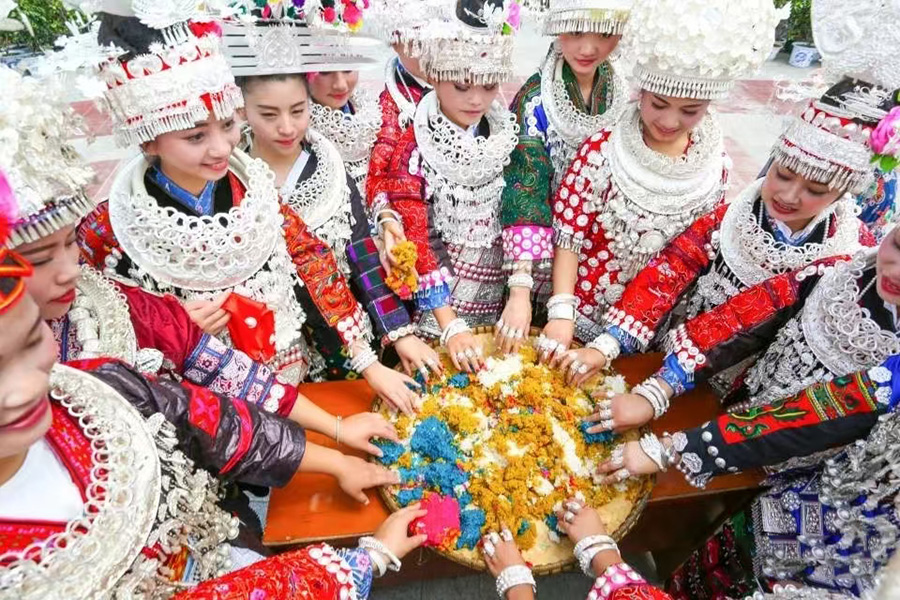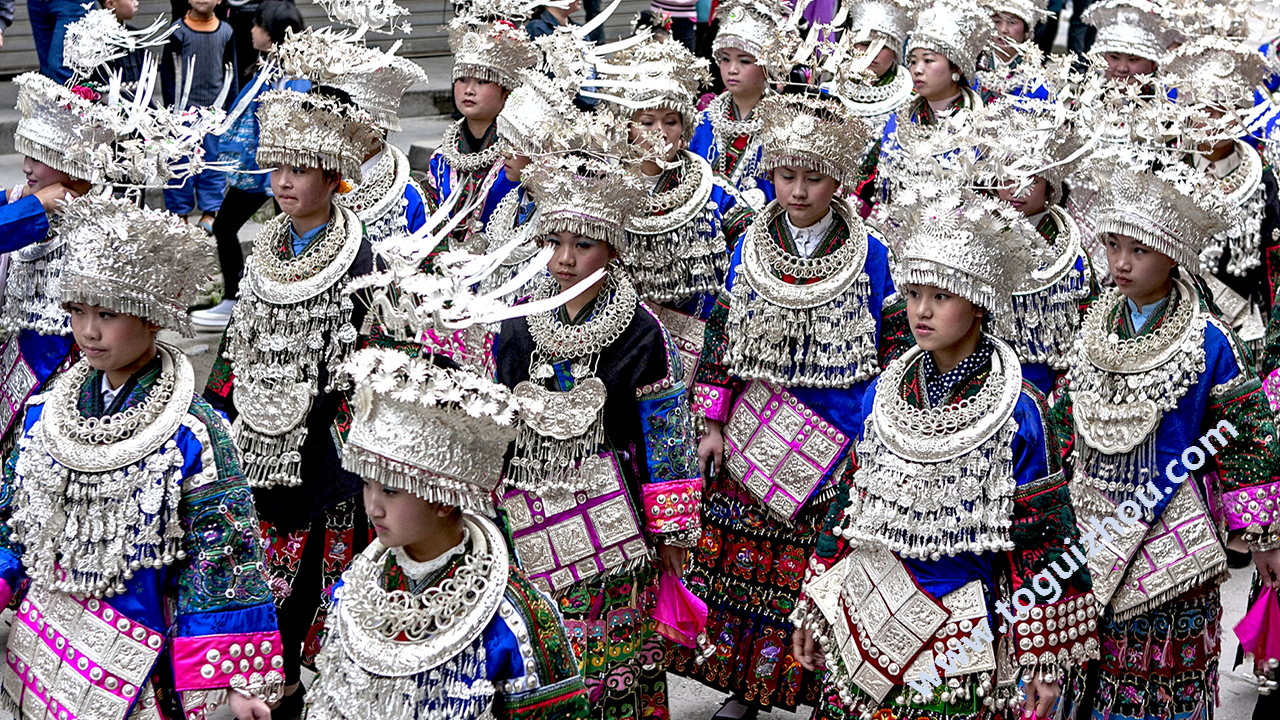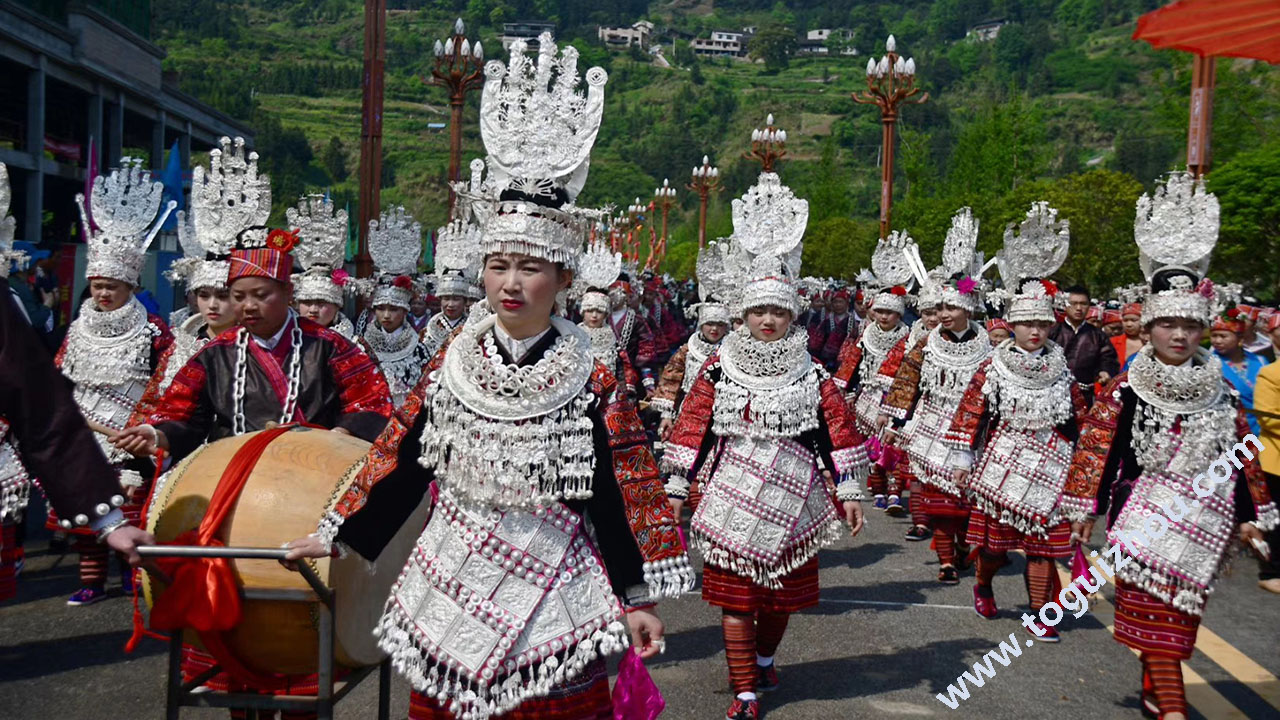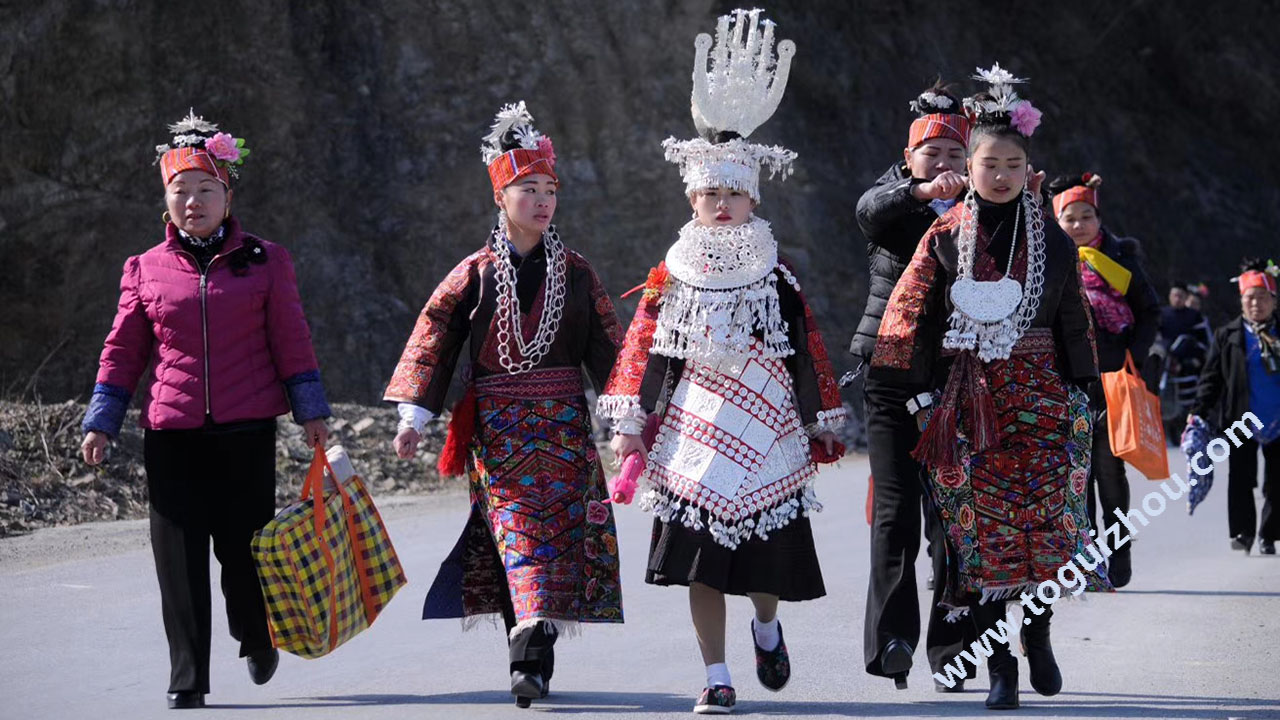The Sisters Meal Festival, a traditional and vibrant celebration, is deeply ingrained in the cultural fabric of the Miao people in Shidong, a region rich in ethnic traditions. This festival is not only a time - honored custom but also a unique expression of Miao culture, love, and community.

1. Cultural Significance and Origin
The Sisters Meal Festival has a long - standing history that dates back centuries. It is steeped in Miao mythology and legends. One popular legend tells of a group of beautiful Miao girls who, in order to attract the attention of young men, prepared special meals. These meals, filled with love and care, became the origin of the sisters' meal. Over time, this practice evolved into a grand festival.
It is a festival that combines elements of agricultural rites, matchmaking, and the celebration of spring. It symbolizes the beginning of a new year's farming activities, as well as an opportunity for young people to socialize, find love, and strengthen the bonds within the community.
2. Time and Duration
The festival usually takes place in the third lunar month, typically around March or April in the Gregorian calendar. The celebration lasts for several days, with each day having its own set of activities and significance.
3. Preparation of Sisters' Meal
The sisters' meal is the centerpiece of the festival. It is a unique and colorful dish. Made from glutinous rice, the rice is dyed with natural plant pigments. Yellow is obtained from the blossoms of gardenia jasminoides, black from the leaves of a specific plant (such as the sap of a certain tree), and other colors from various wild plants. The dyed rice is then cooked and often paired with cured fish, meat, and other local delicacies. The preparation of the sisters' meal is a labor - of - love process, with women in the community gathering to share stories and skills while creating these beautiful and delicious meals.
4. Festival Activities
Gathering of Young People: Young men and women dress in their most elaborate traditional Miao costumes, which are adorned with intricate embroidery and silver ornaments. The young women carry bamboo baskets filled with sisters' meals, while the young men bring their Lusheng, a traditional Miao wind instrument. They gather in open fields or village squares.
Girls Dancing: The young men or old lady beat the wooden drum, creating lively and harmonious melodies. The young women, inspired by the music, perform graceful dances. Their movements are synchronized, with flowing skirts and jangling silver accessories adding to the visual spectacle. These dances are not only a form of entertainment but also a way to express their joy and hopes for the future.
Matchmaking and Courtship: The sisters' meal plays a crucial role in the matchmaking process. Young women offer their sisters' meals to the young men they have a crush on. If a young man is interested in a particular girl, he will accept the meal. Inside the meal, there may be hidden symbols. For example, a pair of chopsticks means the girl is interested in further communication, while a pine needle may indicate that the girl has a boyfriend. This unique way of expressing romantic interest adds an element of mystery and excitement to the festival.
Traditional Competitions: There are also traditional competitions such as bull - fighting and horse - racing. Bull - fighting is a thrilling event where strong bulls face off against each other, and the villagers cheer on their favorite bulls. Horse - racing showcases the speed and agility of the horses and the excellent riding skills of the young men.
5. Significance to the Community
The Sisters Meal Festival is of great importance to the Miao community in Shidong. It helps to preserve and pass on their unique cultural traditions from one generation to the next. It also strengthens the social bonds within the community, as people come together to celebrate, share, and participate in the various activities. Moreover, the festival attracts tourists from all over the world, which not only promotes cultural exchange but also contributes to the local economy. It serves as a window for the world to learn about the rich and fascinating Miao culture.





